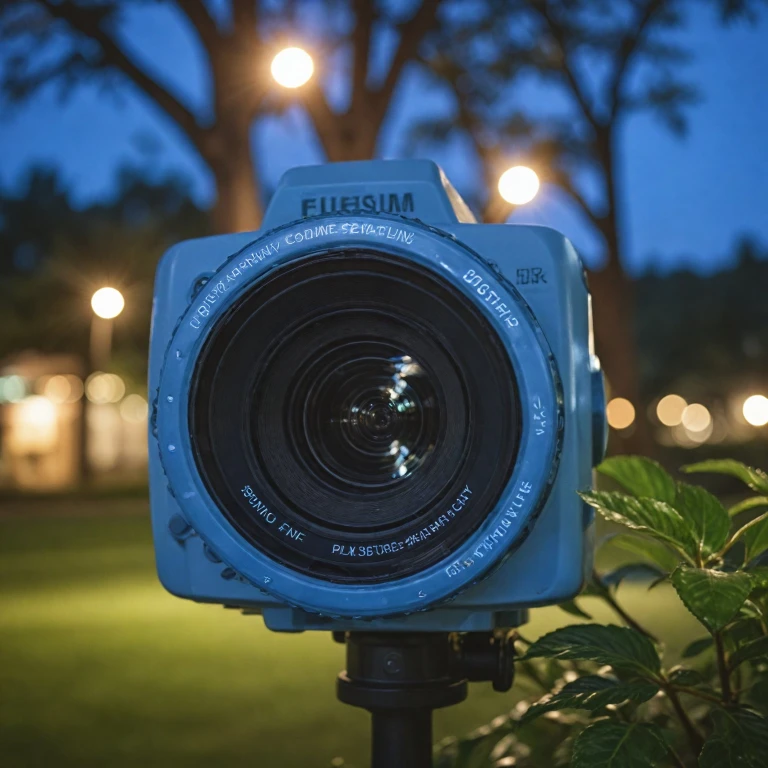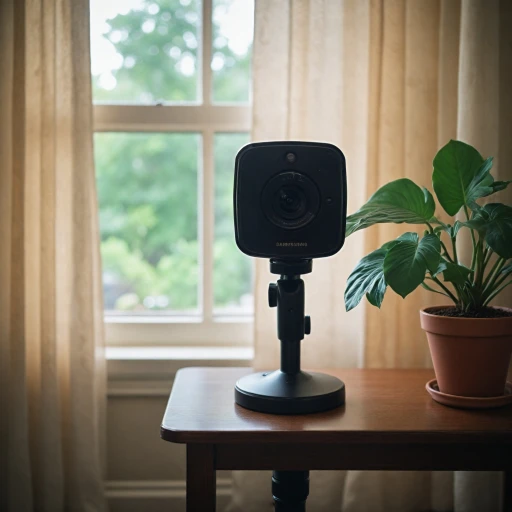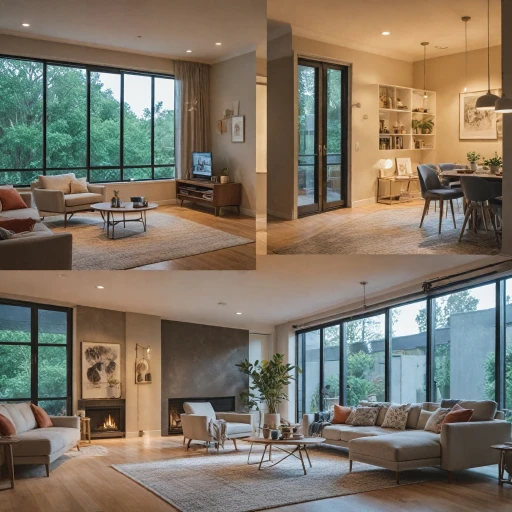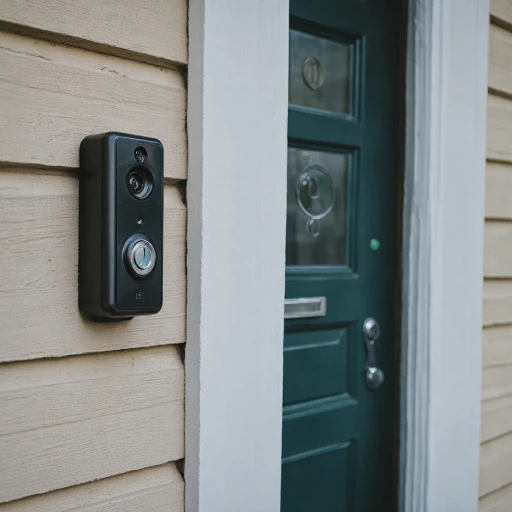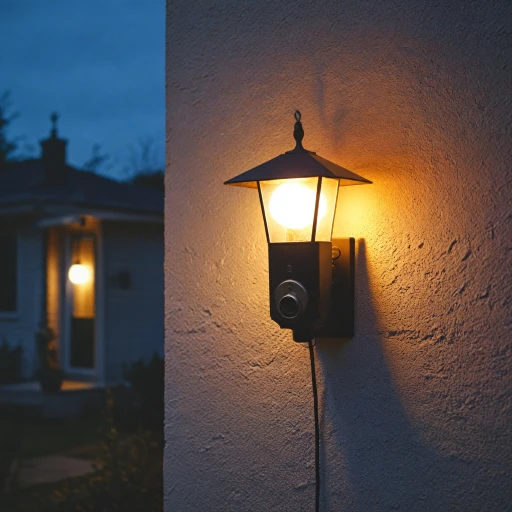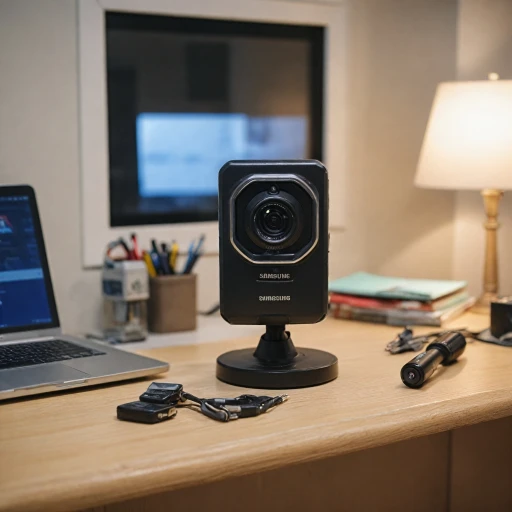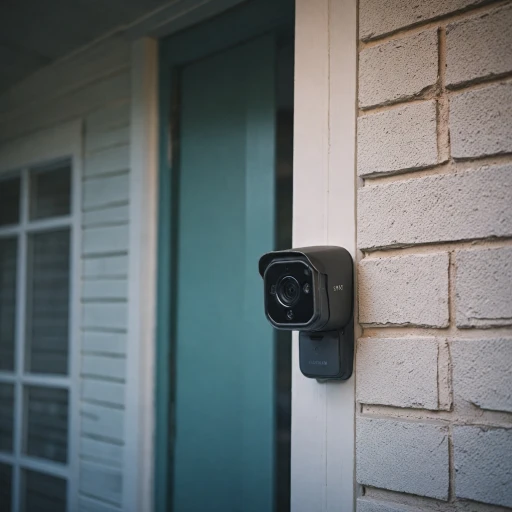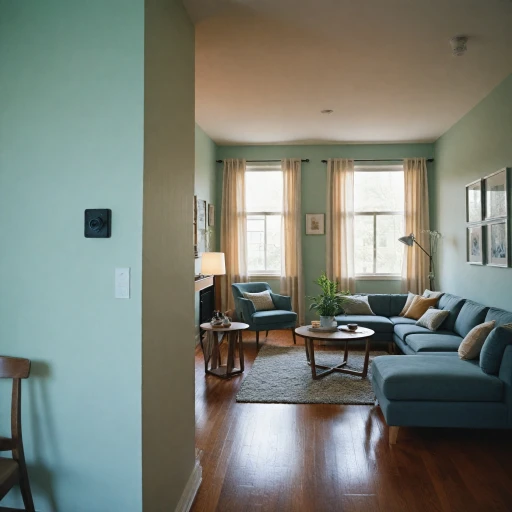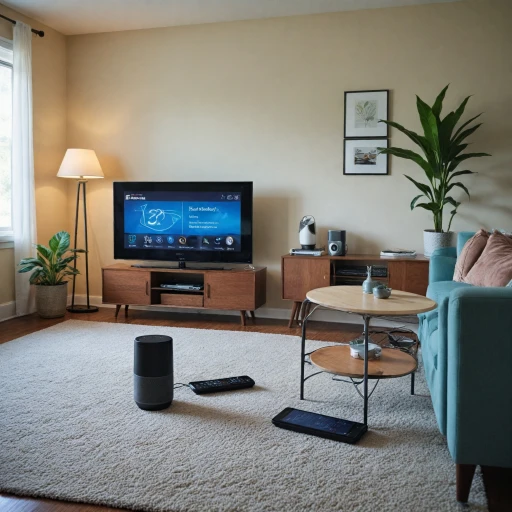What Does the Blue Light Indicate?
The Significance of Blue on Your Ring Camera
When you see a blue light on your Ring camera, it serves as an important indicator about the device's status. This specific color can mean different things, depending on its behavior and setup.- Solid Blue: When your Ring camera displays a solid blue light, it indicates that the camera is actively recording. This means that your home security camera is capturing video footage, and it is part of the normal operation.
- Flashing Blue Light: A flashing blue light on the Ring camera may denote that the device is connecting to a wifi network, just completed a reset, or is updating its software. This behavior can vary depending on the specific Ring device you have, such as a Ring doorbell or another type of security camera in the line-up.
How the Blue Light Affects Privacy
Interpreting the Blue Light: Privacy Implications
The blue light on your Ring camera serves as an important indicator related to the device's activity status, often signaling when the camera is recording. It's crucial to understand that this light pattern isn't merely for functional purposes; it has significant implications for privacy both inside and outside your home. When the Ring camera displays a solid blue light, this typically signifies that the camera is actively recording video. This can be a reassuring sign if you've set up your camera to monitor a specific area, such as a front doorbell or backyard. However, it could potentially raise concerns in regards to the privacy of household members or guests who may not be aware of being recorded. Moreover, variations in the blue light, such as flashing or changes to other colors like solid white, can indicate different operational states, such as attempting to connect to the wifi network. Being connected to a network is essential for the camera to function effectively, but it's equally important to ensure that the network itself is secure to prevent unauthorized access. Additionally, the appearance of other light patterns, such as a red light, might signal the need for attention, like a low power status or issues with the device setup. Regular monitoring of these status indicators is crucial to maintaining both the operational efficiency and the privacy integrity of your security system. For those concerned about privacy, it's advisable to familiarize yourself with Ring's privacy settings available through the app. This ensures that the light patterns align with your privacy preferences and home security needs. For more detailed troubleshooting steps related to blue light or when encountering an unsupported content error, you may want to check out this informative article that provides expert insights.Troubleshooting Blue Light Issues
Troubleshooting Issues with the Blue Light
Encountering problems with the blue light on your Ring camera can be frustrating, especially when it affects your device's performance. Here's a guide to help you troubleshoot common issues and ensure your security camera functions optimally.
- Flashing Blue Light: If your Ring camera's blue light is flashing, it typically indicates that the device is in setup mode. Ensure your camera is connected to a stable WiFi network. If the flashing persists, try restarting your router and the camera itself. Sometimes, a simple power cycle can resolve connectivity issues.
- Solid Blue Light: A solid blue light usually means the camera is recording. If you notice this light when it shouldn't be recording, check the camera settings in the Ring app. Ensure that motion detection or scheduled recording is not inadvertently activated.
- Blue Light Not Turning On: If the blue light doesn't turn on at all, verify that the camera has power. Check the power source and connections. If the device is battery-operated, ensure the battery is charged. A factory reset might be necessary if the problem persists. Refer to the device manual for instructions on how to perform a reset.
- Network Connection Issues: If your camera struggles to connect to the WiFi network, the blue light may flash intermittently. Ensure your router is within range and that there are no obstructions. You might need to reset your network settings or update the firmware via the app.
For more detailed troubleshooting steps, you can refer to this guide to troubleshooting home security cameras. It provides additional insights into resolving connectivity and setup issues.
Customizing Light Settings for Your Needs
Personalizing the Light Features to Suit Your Preferences
When it comes to tailoring your Ring camera's light settings, understanding your preferences and home security needs is essential. Customizing the light features allows you to have better control over your camera's indications and to make sure that it aligns with your privacy standards. Adjusting the light settings on your Ring camera can help manage when and how the indicator lights are displayed. This is particularly important if you're monitoring privacy concerns indicated by the blue light mentioned in earlier sections. Here are ways you can personalize the light settings on your Ring camera:- Using the Ring App: The app plays a crucial role in adjusting the settings of the light, whether it's a solid blue indicating a stable connection, flashing during a network setup, or showing a solid white when the camera is connected. The app interface allows you to customize these patterns and their duration.
- Scheduling Light Patterns: Depending on your schedule or home security needs, you may wish to schedule when certain light patterns appear. Some users prefer the lights to turn off during nighttime to avoid disturbances, others may want them active to deter intruders.
- Alerts Based on Status: Alter light patterns according to the camera’s status, such as power or recording status, which can also inform decision-making. Adjusting the light to flash only upon recording or connection issues can be helpful indicators without ongoing disturbances.

